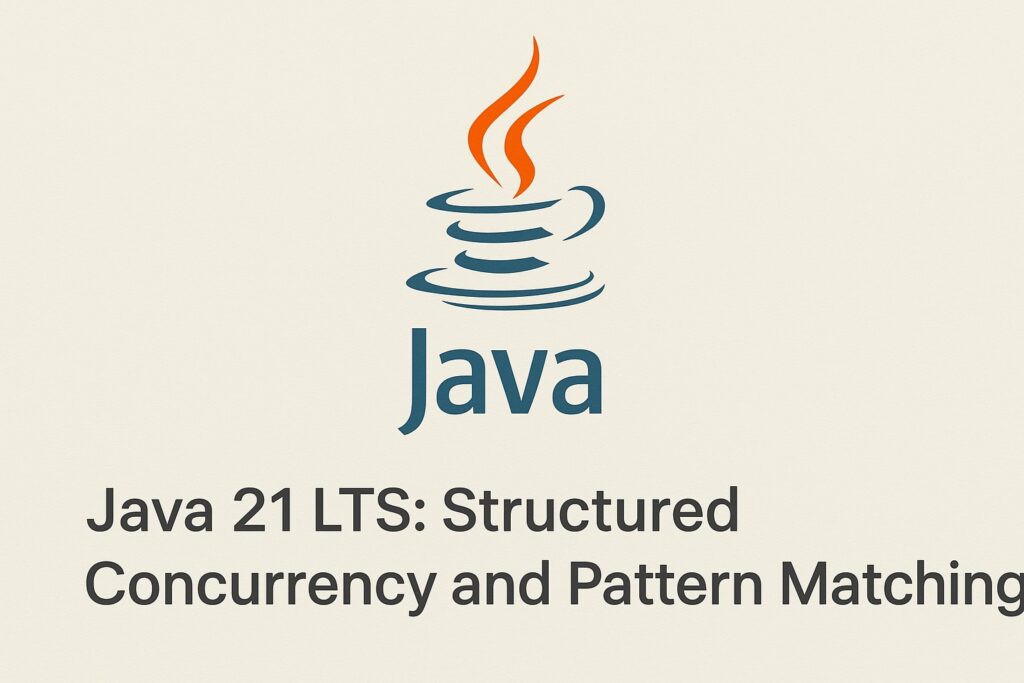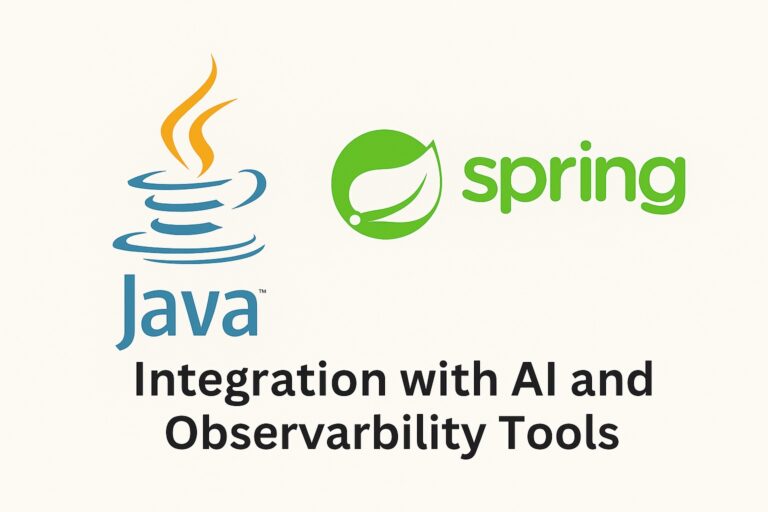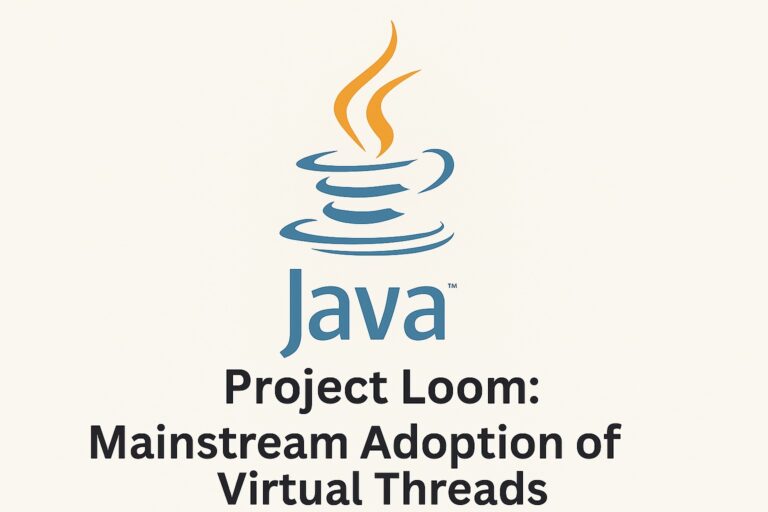1. Introduction
Java 21, the latest Long-Term Support (LTS) release, introduces powerful features that modernize the language and improve developer productivity. Two standout additions are Structured Concurrency and Pattern Matching, both of which simplify common programming tasks and enhance code clarity.
Structured Concurrency offers a new way to manage multiple concurrent tasks with better lifecycle control and error handling. Pattern Matching, on the other hand, refines type checking and data extraction, making conditional logic more expressive and less error-prone.
This article explores the motivation behind these features, the problems they solve, and how to implement them effectively in real-world applications.
2. Problem Statement
Concurrency and conditional logic have long been sources of complexity in Java applications:
- Concurrency: Managing multiple threads often leads to tangled code, resource leaks, and hard-to-debug race conditions. Traditional thread management lacks a unified structure for coordinating task lifecycles.
- Type Checking: Java’s
instanceofchecks and casting operations are verbose and error-prone, especially when dealing with complex object hierarchies.
These issues slow down development and increase the risk of bugs in production systems.
3. Solution Overview
Java 21 addresses these challenges with:
Structured Concurrency
Introduced via the StructuredTaskScope API, Structured Concurrency allows developers to launch and manage concurrent tasks as a unit. It automatically cancels sibling tasks when one fails or completes early, improving observability and error propagation.
Pattern Matching Enhancements
Pattern Matching extends instanceof and switch statements with type patterns and guarded patterns. It reduces boilerplate, improves readability, and enables safer and more concise data extraction.
Together, these features make Java more expressive, safer, and better suited for modern workloads.
4. Implementation
Let’s walk through a detailed example that combines both Structured Concurrency and Pattern Matching.
Scenario
We want to fetch user data and transaction history concurrently, and then process the results based on their types.
Using Structured Concurrency
import java.util.concurrent.StructuredTaskScope;
public class UserService {
public static void main(String[] args) throws Exception {
try (var scope = new StructuredTaskScope.ShutdownOnFailure()) {
var userFuture = scope.fork(() -> fetchUser());
var transactionFuture = scope.fork(() -> fetchTransactions());
scope.join(); // Wait for both tasks
scope.throwIfFailed(); // Propagate exceptions if any
var user = userFuture.get();
var transactions = transactionFuture.get();
process(user);
process(transactions);
}
}
static User fetchUser() {
// Simulate API call
return new User("Alice", "Premium");
}
static Transactions fetchTransactions() {
// Simulate DB query
return new Transactions(5);
}
}Using Pattern Matching
public static void process(Object obj) {
switch (obj) {
case User u when u.type().equals("Premium") ->
System.out.println("Welcome premium user: " + u.name());
case User u ->
System.out.println("Welcome user: " + u.name());
case Transactions t when t.count() > 0 ->
System.out.println("You have " + t.count() + " transactions.");
case Transactions t ->
System.out.println("No transactions found.");
default ->
System.out.println("Unknown data type.");
}
}Supporting Classes
record User(String name, String type) {}
record Transactions(int count) {}This example demonstrates how Structured Concurrency simplifies parallel task coordination, while Pattern Matching makes conditional logic more elegant and type-safe.
5. Conclusion
Java 21 LTS introduces Structured Concurrency and Pattern Matching as game-changing features for modern Java development. Structured Concurrency brings clarity and control to multithreaded code, while Pattern Matching reduces verbosity and improves safety in conditional logic.
By adopting these features, developers can write cleaner, more maintainable code that performs reliably under concurrent workloads. Java continues to evolve, and with Java 21, it’s better equipped than ever for building scalable, expressive applications.



